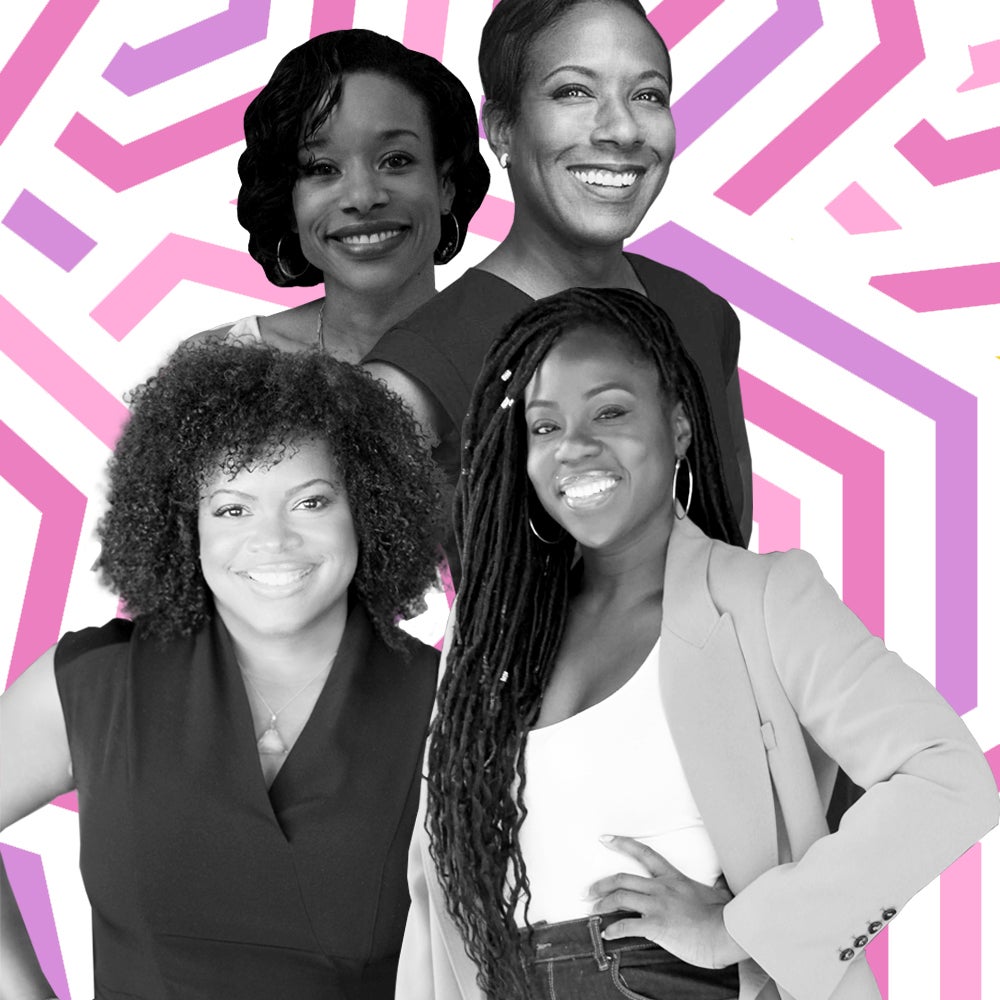
Despite making substantial strides toward a more diverse and inclusive beauty world, many companies still manage to make egregious (and downright racist) mistakes — like launching 10 shades of foundation with only one option that’s deeper than “beige.” And while it’s nearly impossible for most of us to understand how these things continue to happen, one probable reason, among many, is that there aren’t enough of us (read: Black women) in decision-making positions within the beauty industry.
Despite spending more than any other group on beauty products, Black women are still grossly underrepresented in positions of power and influence at major beauty companies. And the few women who do exist, rarely get the public support and praise that those in other industries get. To help us better understand how decisions related to women of color are made in the beauty industry ESSENCE spoke with four Black women in influential positions at Estee Lauder and Shiseido.
In today’s world, it’s trendy to be a beauty brand that cares about diversity. On social media or via the influencers they partner with, brands are quick to scream about how many products they have for us or how often they use women with richer skin tones in their ads. And while we’re excited that Black women (finally) have more product options, it’s just as important that brands also consider the diversity or lack thereof inside their own companies.
Like us, Tiffani Carter-Thompson, the vice president of U.S. integrated communications for Shiseido brand, believes more Black women need a seat at the decision-making table in the beauty industry. “I believe that brands have a responsibility to bring women of color into the ideating process and closer inside the feedback loop – no matter what role or level,” she tells ESSENCE.
Products, especially those like foundations which are so personal, shouldn’t be created in a vacuum. Having diverse people and opinions during the ideation phase of products can only help innovation and push thinking forward.
Cara Robinson, vice president of global marketing for Clinique, believes that more than ever it’s time for brands to start seriously listening to Black women. “Brands can sometimes get caught up in a one-sided conversation with consumers where they are speaking at her about why their products are new, better, or different,” she shares.
Social media has turned the beauty industry on its head by democratizing the biz and placing power into the hands of consumers. But that power is only valid if there are people inside companies ensuring that they are heard. “I am acutely aware of the voice I have. The value of diversity and inclusion in a company culture is to enable employees to bring their unique lens and perspective to everything they do,” Robinson goes on to note.
While it can sometimes be an uphill battle to convince brands that it’s important to have diverse voices in the room, one thing they surely understand is a bottom-line.
Forbes estimated that the beauty industry was worth over $445 billion in 2017, so to say it’s big business is a gross understatement. Tara Leonard, vice president of North America marketing for Jo Malone London, says this is what she tries to help beauty companies understand.
“There is an aspect of referencing your own personal experience but I’ve found that only goes so far. It’s also about helping decision-makers connect the dots within all of the big data available to help quantify the unmet need and huge business opportunity,” she says.
Black women spend billions of dollars on beauty products, and not offering products that actually work for us is such a missed business opportunity — as Fenty Beauty has proved.
Rihanna and the Black women ESSENCE spoke with also understand that having the right shades available to consumers is just the tip of the iceberg. “After you have the right product, you need to have inclusive visual representation,” Crystal Sai, marketing director of makeup and fragrance at Estée Lauder North America, says.
“Overall, it’s about building a relationship with us which is not necessarily an overnight process that will add to your bottom line in the same fiscal [way],” she goes on to say.
Authentic relationships, that create life-long customers, takes time — lots of it. It means brands have to invest money, listen to and take the initiative to create an internal environment that fosters honest communication amongst their employees if they are to be truly diverse and inclusive. Because diversity and inclusion that doesn’t start from the inside out and take a 360-approach isn’t truly diversity at all.